



Ningaloo Reef in Western Australia has lost nearly 70 percent of its coral cover after an unprecedented marine heatwave. Mass death of key corals like Acropora has triggered a shift toward algae and sponges, exposing severe climate vulnerability and demanding urgent conservation and policy action.

Copyright infringement not intended
Picture Courtesy: DOWNTOEARTH
Nearly 70% of corals at the UNESCO-listed Ningaloo Reef have died following Australia's most intense and prolonged marine heatwave on record.
It is a UNESCO World Heritage Site located along the north-west coast of Western Australia, about 1,200 km north of Perth.
Location: The 260 km Ningaloo fringing reef is close to shore, offering easy access for snorkeling and diving.
Biodiversity: Ningaloo is home to a rich variety of marine life, including:
Cultural Significance: The area is the traditional home of the Baiyungu and Jinigudira people, whose culture has a deep connection to the coastal landscape.

Coral reefs are built by tiny animals called coral polyps. These polyps have a vital symbiotic relationship with microscopic algae known as zooxanthellae, which live in their tissues. The algae provide food and colour to the corals through photosynthesis.
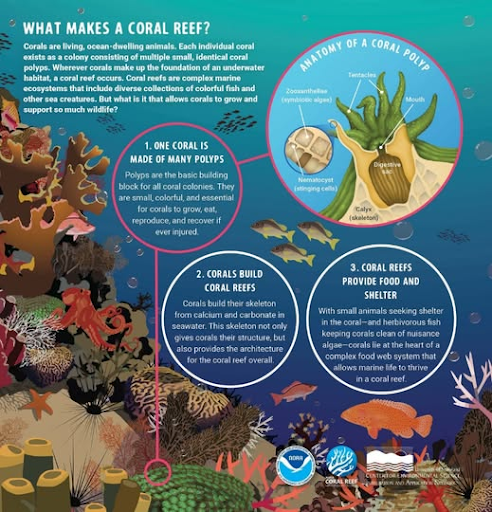
When ocean temperatures rise, corals get stressed and expel these algae, turning white. This phenomenon is called coral bleaching.
A bleached coral is not dead but is starving and highly susceptible to disease and mortality if high temperatures persist.
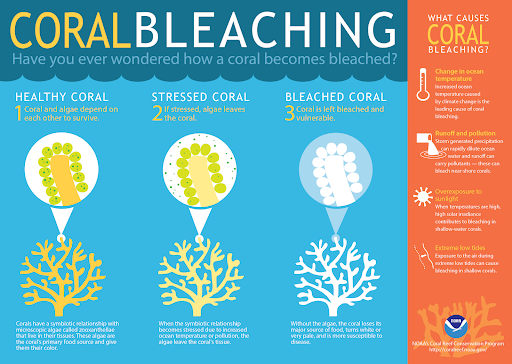
Source: DOWNTOEARTH
|
PRACTICE QUESTION Q. The recent mass mortality event at Ningaloo Reef was primarily caused by: A) An increase in marine pollution from coastal development. B) A prolonged and intense marine heatwave linked to climate change. C) Destructive fishing practices destroying the coral structure. D) An outbreak of a coral-specific disease. Answer: B Explanation: The recent mass mortality (bleaching) event at Ningaloo Reef was primarily caused by an "unprecedented" and prolonged marine heatwave that drove ocean temperatures up to three degrees Celsius above average for months. |
The primary cause was an unprecedented marine heatwave, the longest and most intense ever recorded for Western Australia. This event, driven by human-induced climate change, caused sea surface temperatures to soar 4-5°C above normal, leading to extreme thermal stress on the corals.
Coral bleaching occurs when corals, stressed by changes in conditions such as temperature, expel the symbiotic algae (zooxanthellae) living in their tissues. This causes them to turn completely white. While corals can survive a short bleaching event, prolonged stress leads to starvation and death.
The loss of coral reefs has severe consequences. It leads to a decline in fish populations, threatening the food security and livelihoods of millions. It devastates tourism-dependent economies and reduces coastal protection, as healthy reefs act as natural barriers against storms and erosion. The global economic value of coral reefs is estimated at $2.7 trillion per year. (Source: UNEP)
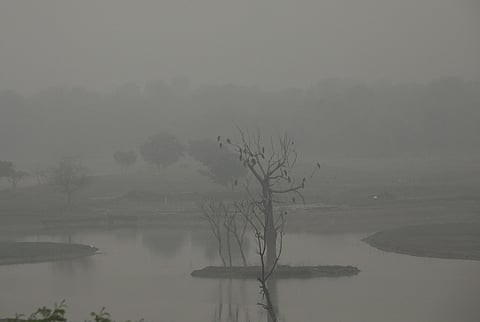

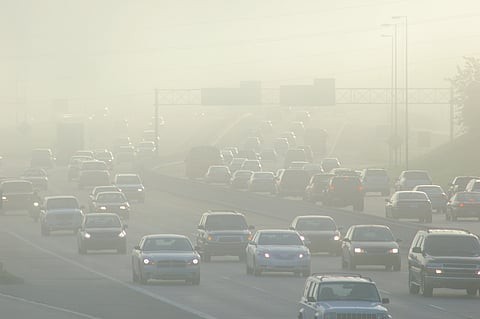


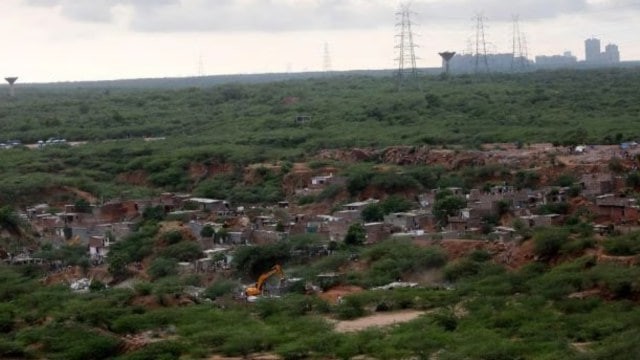

© 2025 iasgyan. All right reserved